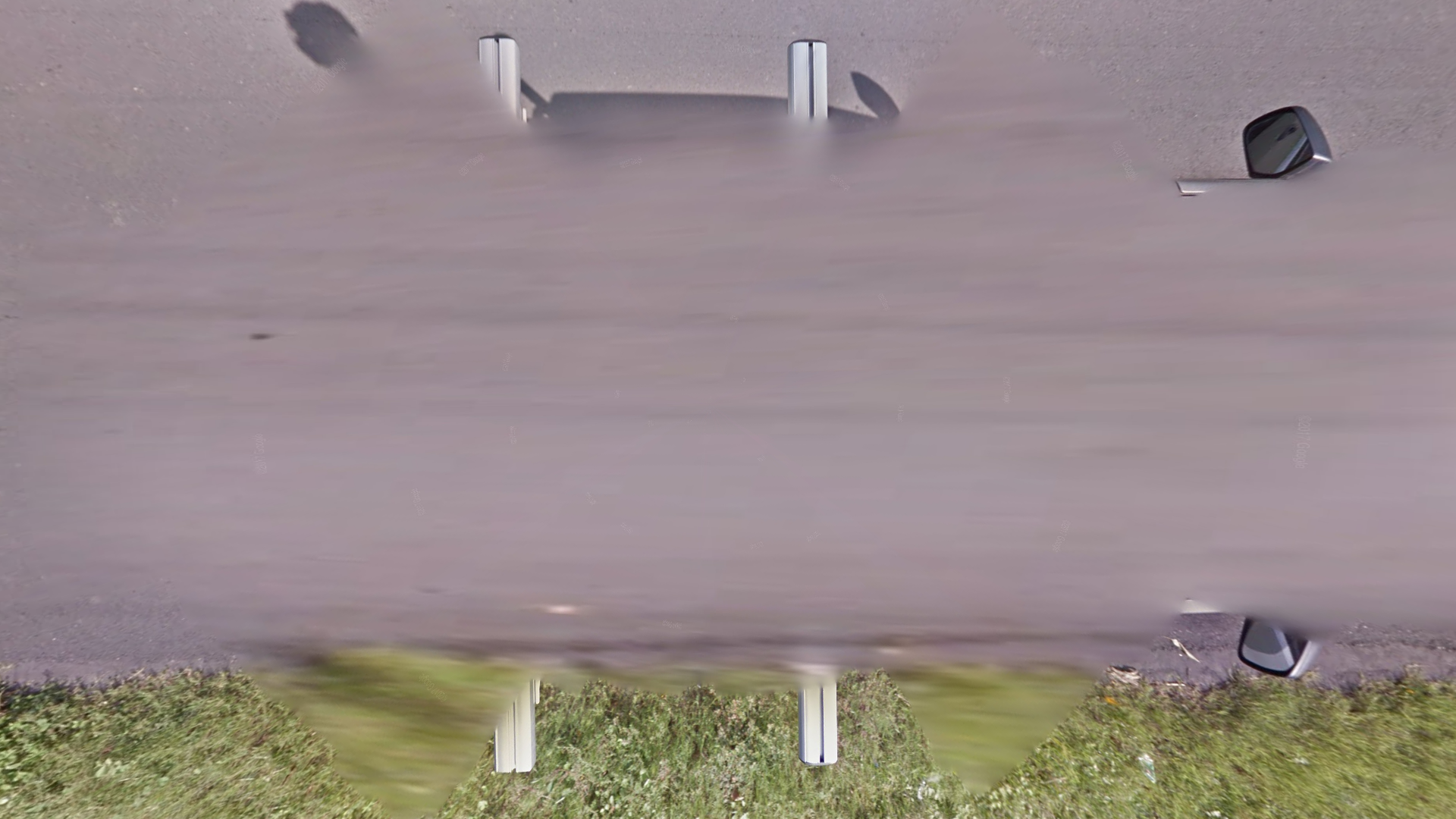
Guatemala
This grey Street View car with a visible roof rack and side mirrors can be seen on all car coverage in Guatemala.
NOTE: The only other tropical country with a similar car is Laos.
Similarly to Mexico, Guatemalan roads generally have solid white outer lines with a single yellow middle line. Road lines in Guatemala are generally significantly thinner than in Mexico.
The southern regions of Guatemala mainly consist of completely flat agricultural land. It is generally more built up than flat areas in the north.
The northern regions of Guatemala are typically fairly flat. You will however usually see some hills or a slightly rolling landscape, rather than the complete flatness of the south.
Completely green utility poles are primarily found in the southeast of the country, but also on a road in the further north in the east and on a small stretch of road around Melchor de Mencos, near the end of the coverage in the far northeast.
These poles also feature small pole plates, which can further narrow down the road. This will be further explained in the next tip.
In most of the Guatemala coverage, the top right bar will be facing forward. This means that you can see this line on the side facing forward.
In these regions, you can often see a blue rope on the bottom right bar.
NOTE: Sometimes it can be hard or almost impossible to see, in which case it might look like a normal backward facing bar.
A trekker featuring several Mayan temples can be found just west of the town of Tikal.
It is worth mentioning that while there are other Guatemalan trekkers featuring Mayan ruins, this is by far the most prominent and contains the largest and most intact temple structures.





























